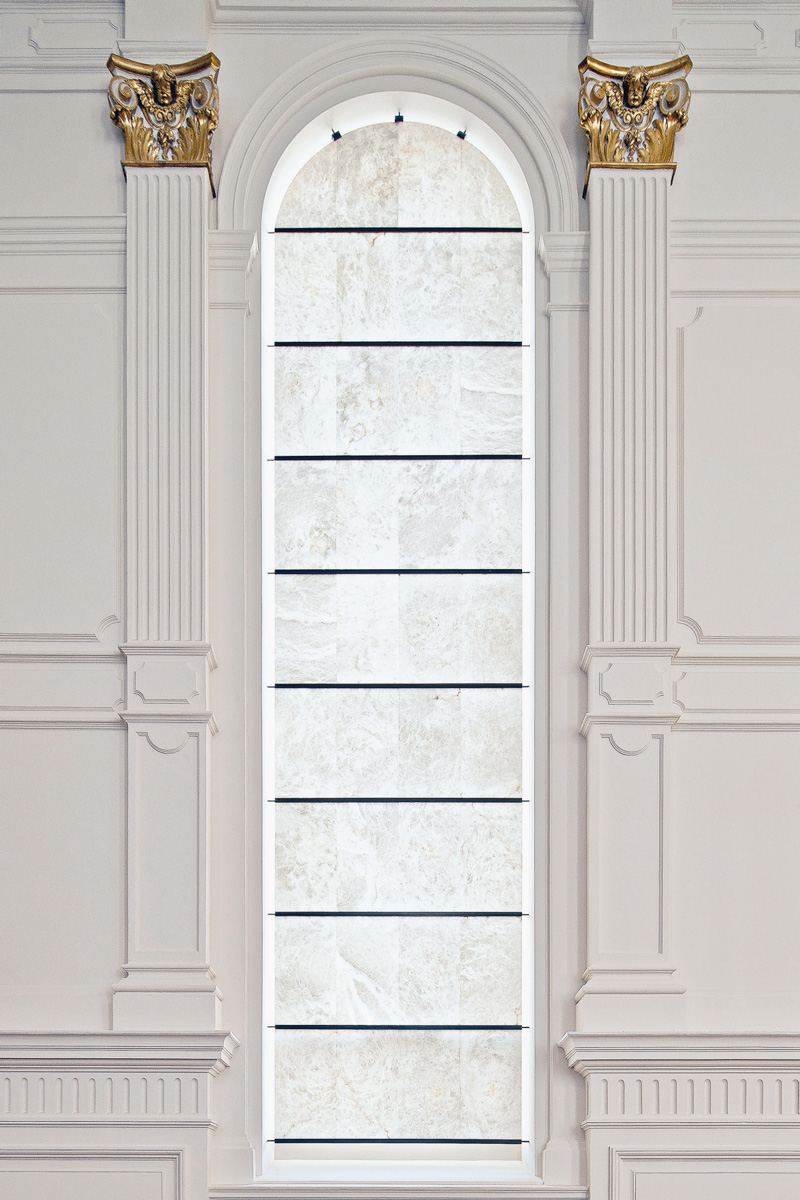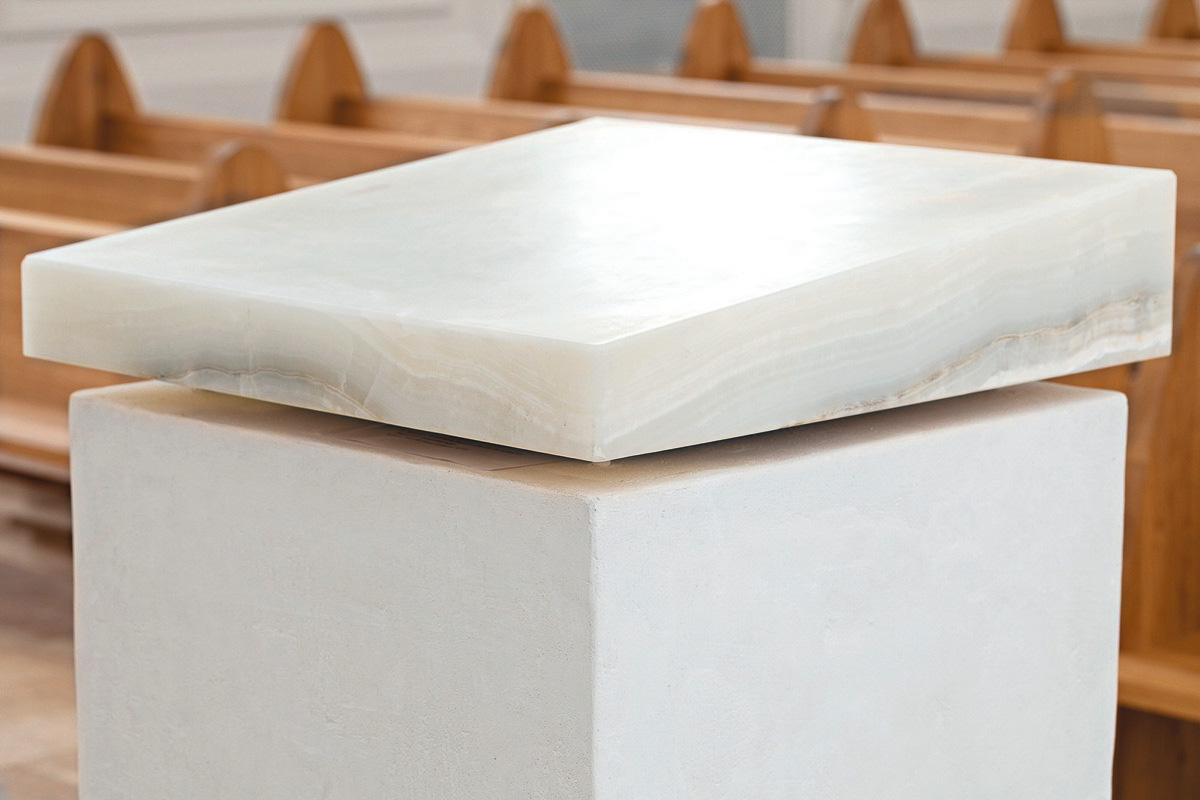: raum | space
Spur des Anfangs | Trace of the Beginning

KLAUS G. GAIDA Kirchenraumgestaltung / Church space design, 2011, Kirche des Augustinums, Graz | Diözese Graz-Seckau/Gerd Neuhold







Wir verwenden Cookies, um externe Inhalte einzubinden und Zugriffe zu analysieren. Unter "Details" können Sie die Freigabe Ihrer Daten steuern.